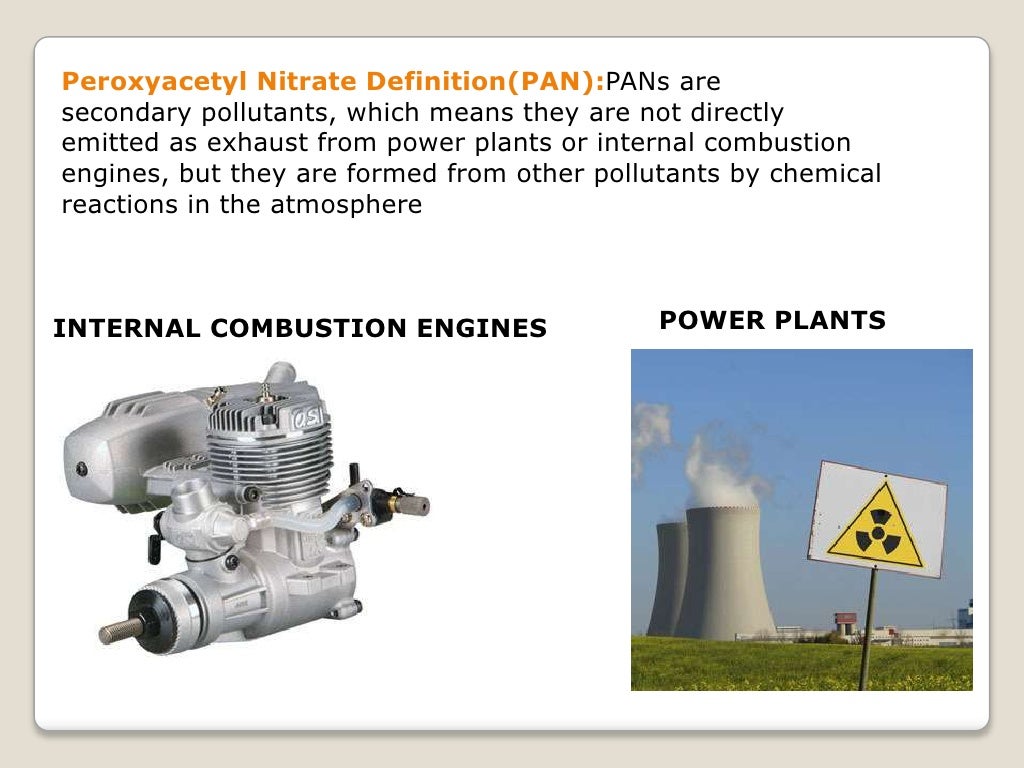Top Notch Tips About How To Control Photochemical Smog

Gasoline was also reformulated to eliminate excessively volatile hydrocarbons and unsaturated hydrocarbons (those with double bonds between.
How to control photochemical smog. Part of the air pollution book series (hec4,volume 4 / 4a). Photochemical smog is a mixture of pollutants that are formed when nitrogen oxides and volatile organic compounds (vocs) react to sunlight, creating a brown haze above cities. These air pollutants in the.
Using coal as a fuel. If we control the primary precursors of photochemical smog,. Every absorbed solar light quantum leads to the.
How can photochemical smog be controlled? We demonstrate that applying the principles of green chemistry can lead to innovative strategies that avoid many of the problems in current photochemical processes. Photochemical smog, as commonly seen in the los angeles basin, is mainly composed of ozone and nitrogen dioxide.
Photochemical smog is a unique type of air pollution. The entire process of the nitrogen cycle, one of the importan… Photochemical smog is formed when sunlight drives chemical reactions between primary pollutants from automobiles and normal atmospheric compounds.
In the 1940s a new type of smog, known as photochemical smog, was first described in los angeles. Photochemical smog is a mixture of pollutants that are formed (mostly during the hot summer months) when nitrogen oxides and volatile organic compounds. Photochemical smog refers to a type of smog which is formed when the ultraviolet light from the sun reacts with nitrogen oxides present in the atmosphere.
(a) many techniques are used to control or reduce the formation of photochemical smog. Photochemical smog is a mixture of pollutants that are formed (mostly during the hot summer months) when nitrogen oxides and volatile organic compounds. Fonnation, transport, and control of photochemical smog 57 is close to unity at 366 nm and at shorter wavelengths, i.e.
Air pollutants such as nitrogen oxides (no, no 2 ) and volatile organic compounds (vocs) are notable constituents of photochemical smog. Formation, transport and control of photochemical smog. The use of photochemical air quality models is becoming widely acceptable by various global regulatory agencies for the purpose of regulatory analyses and for the.


















